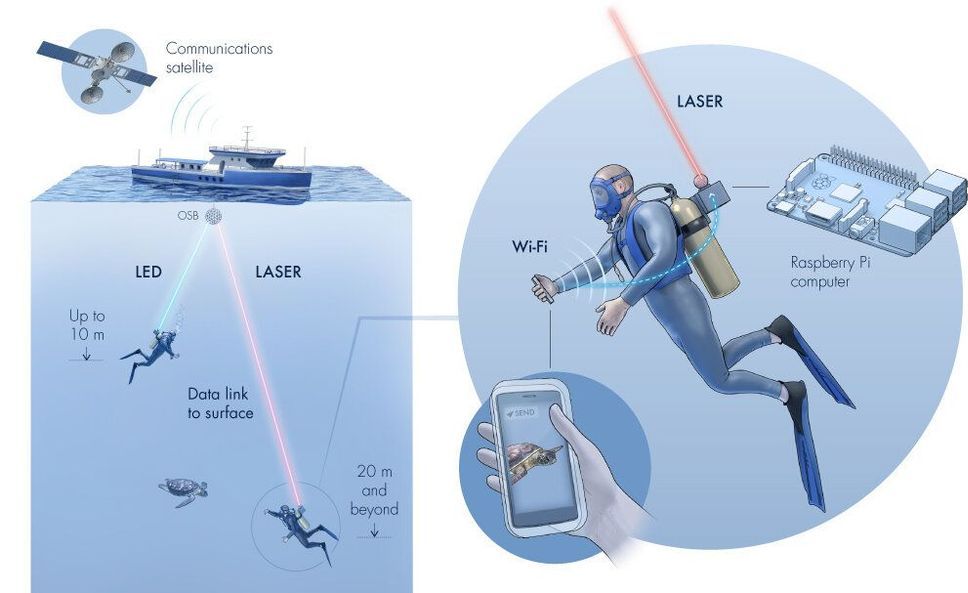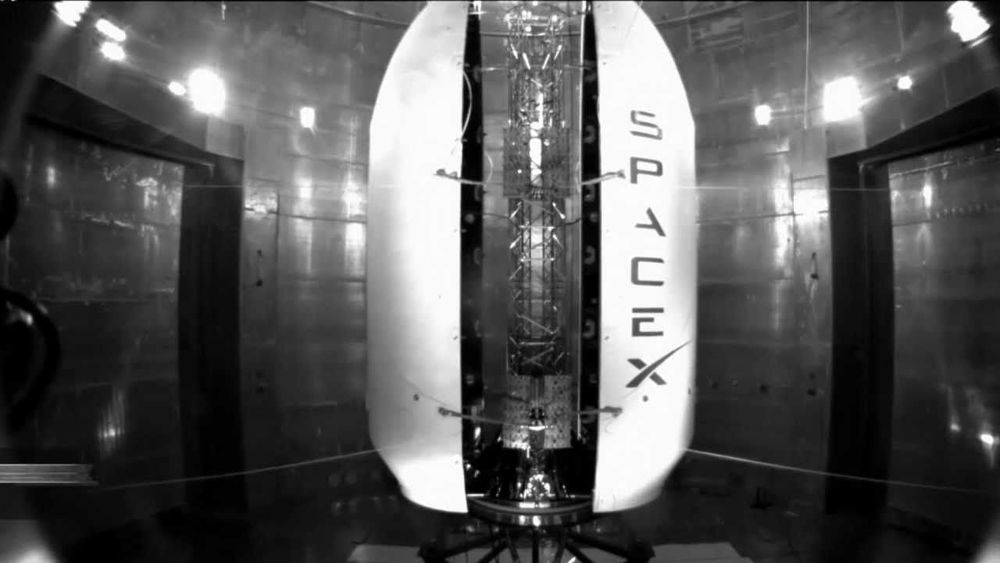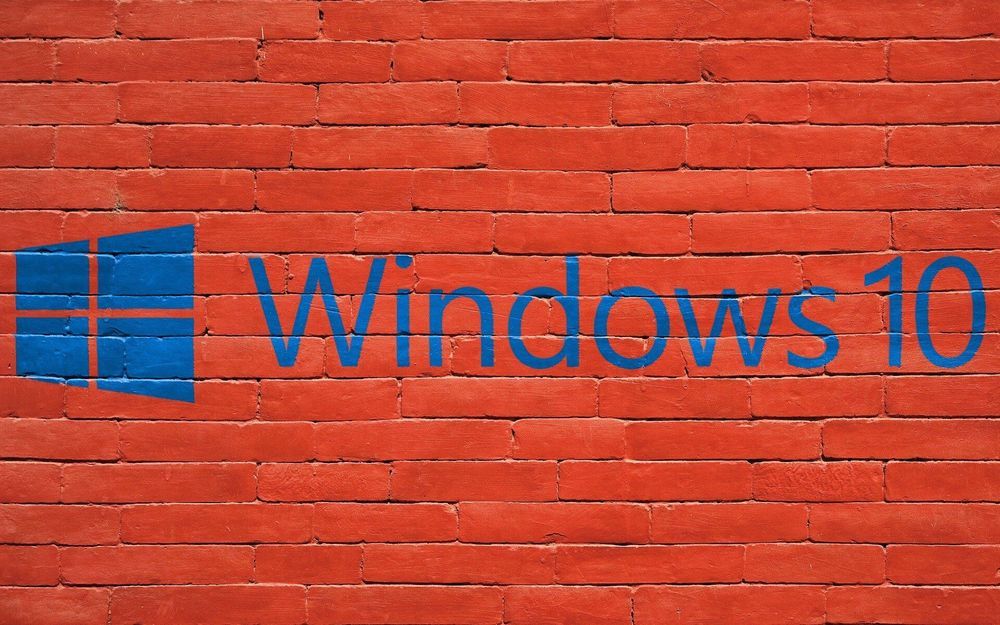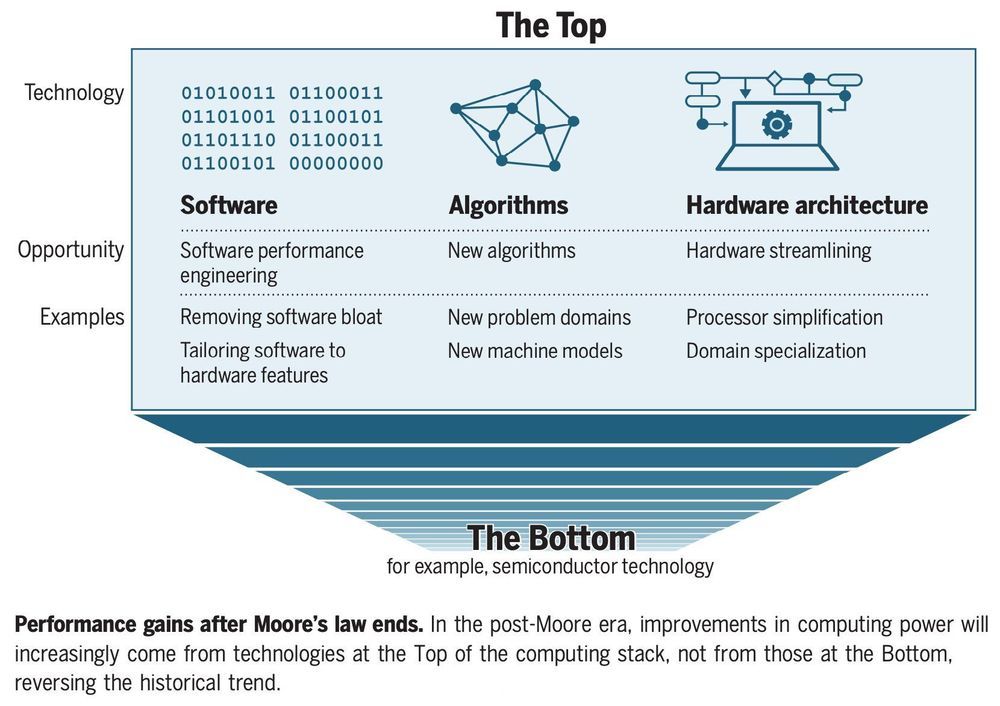SpaceX has promised that future Starlink satellites will have sunshades so they don’t blocks astronomers’ views of the stars.



Aquatic internet that sends data through light beams could enable divers to instantly transmit footage from under the sea to the surface.
The internet is an indispensable communication tool, connecting tens of billions of devices worldwide, and yet we struggle to connect to the web from under water. “People from both academia and industry want to monitor and explore underwater environments in detail,” explains the first author, Basem Shihada. Wireless internet under the sea would enable divers to talk without hand signals and send live data to the surface.
Underwater communication is possible with radio, acoustic and visible light signals. However, radio can only carry data over short distances, while acoustic signals support long distances, but with a very limited data rate. Visible light can travel far and carry lots of data, but the narrow light beams require a clear line of sight between the transmitters and receivers.

After SpaceX’s eighth Starlink internet satellite launch, the company released a video of its Falcon 9 rocket jettisoning two $3 million fairings.

The Homeland Security’s cybersecurity advisory division is cautioning Windows 10 users of the possibility of a wave of cyberattacks due to the recent publication of an exploit code.
“Malicious cyber actors are targeting unpatched systems with the new [threat],” the agency noted on the Homeland Security web site. The agency said it “strongly recommends using a firewall to block server message block ports from the internet and to apply patches to critical- and high-severity vulnerabilities as soon as possible.”
The agency also referred concerned parties to Microsoft’s security guidance posts and notes published by the U.S. Computer Emergency Readiness Team at us-cert.gov.

SpaceX’s Starlink satellite constellation is still deep into testing mode, but it’s already generating 5 trillion bytes of data on a daily basis and getting software updates on a weekly basis.
Those are a couple of the nuggets coming from a weekend Reddit “Ask Me Anything” session featuring SpaceX’s software team.
The main focus of the online chat was SpaceX’s successful mission sending NASA astronauts Bob Behnken and Doug Hurley to the International Space Station in a Crew Dragon capsule — but one of the team members, Matt Monson, has moved on from Dragon to take charge of Starlink software development.

Someday, we might be able to carry around tiny, AI brains that can function without supercomputers, the internet or the cloud. Researchers from MIT say their new “brain-on-a-chip” design gets us one step closer to that future. A group of engineers put tens of thousands of artificial brain synapses, known as memristors, on a single chip that’s smaller than a piece of confetti.
In a paper published in Nature Nanotechnology, the researchers explain how their brain-inspired chip was able to remember and recreate a gray-scale image of Captain America’s shield and reliably alter an image of MIT’s Killian Court by sharpening and blurring it. Those tests may seem minor, but the team believes the chip design could advance the development of small, portable AI devices and carry out complex computational tasks that today only supercomputers are capable of.
“So far, artificial synapse networks exist as software. We’re trying to build real neural network hardware for portable artificial intelligence systems,” says Jeehwan Kim, associate professor of mechanical engineering at MIT. “Imagine connecting a neuromorphic device to a camera on your car, and having it recognize lights and objects and make a decision immediately, without having to connect to the internet.”


Google surreptitiously amasses billions of bits of information —every day — about internet users even if they opt out of sharing their information, three consumers alleged in a proposed class action lawsuit.
“Google tracks and collects consumer browsing history and other web activity data no matter what safeguards consumers undertake to protect their data privacy,” according to the complaint filed Tuesday in federal court in San Jose, California.
The lawsuit argues that while Google lets users turn off data collection when using its Chrome web browser, other Google tools used by websites themselves scoop up their data anyways. The suit includes claims for invasion of privacy and violations of federal wiretapping law.

If you’ve wanted to learn more about SpaceX’s projects than you normally see in the news, now’s your chance. The company’s software team is holding a Reddit AMA session today starting at 3PM Eastern to answer questions on the software that guides SpaceX’s projects, including Crew Dragon and Starlink. Six key staffers will be on hand, so you can expect a fair number of responses.
The spaceflight firm doesn’t hold AMAs often, and it’ll likely be worth following the discussion to see what emerges. When Elon Musk held a Reddit chat about BFR (now Starship) in 2017, for instance, he touched on everything from engine design to his vision for Mars colonies. You won’t necessarily get any shocking revelations, but this could fill in some knowledge gaps and satisfy your curiosity.

In 1965, Intel co-founder Gordon Moore predicted that the number of transistors that could fit on a computer chip would grow exponentially —- and they did, doubling about every two years. For half a century Moore’s Law has endured: computers have gotten smaller, faster, cheaper and more efficient, enabling the rapid worldwide adoption of PCs, smartphones, high-speed Internet and more.
This miniaturization trend has led to silicon chips today that have almost unimaginably small circuitry. Transistors, the tiny switches that implement computer microprocessors, are so small that 1000 of them laid end-to-end are no wider than a human hair. For a long time, the smaller the transistors were, the faster they could switch.
But today, we’re approaching the limit of how small transistors can get. As a result, over the last decade researchers have been scratching their heads to find other ways to improve performance so that the computer industry can continue to innovate.